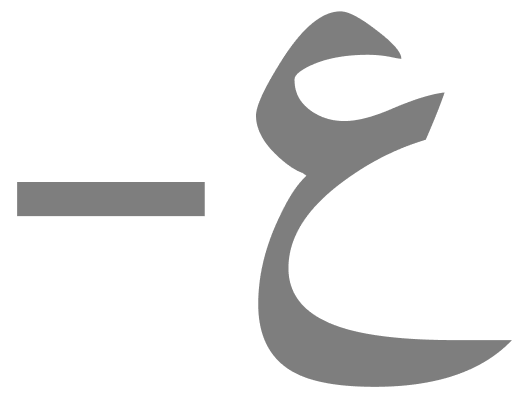How do we make clean energy accessible to everyone?


Have you ever faced a choice between buying food for the week and keeping the house warm? Or maybe you had to choose between using hot water to wash your clothes, or getting your child's prescriptions. These are the kinds of trade-offs that the more than 33 million energy-insecure American households grapple with during cold spells like the one that recently swept the country. Imagine living in a different kind of country: one where everyone, regardless of their income, has access to clean, efficient, and affordable energy.
This is the case in cities where community solar installations power low-rent apartments and residents share the profits, rural areas, where all homeowners have access to the most efficient devices to lower their monthly bills, and slums, where the air that children breathe is as clean as the air in Wealthier suburbs. Historically, it has been difficult for low-income families to take advantage of clean energy and energy-efficient home improvements — even when these technologies can lower bills.
So how do you install a solar panel if you're renting in an apartment building with a shared roof? Or how can you afford an energy-efficient heat pump that costs thousands of dollars if you're just living on your paycheck?
Real progress on this front may be imminent. In the United States of America, this year, the federal government is scheduled to provide states with tens of billions of dollars in energy incentives that could help more families break free from energy poverty, improve air quality in their communities and reduce emissions that cause global warming. Incentives include rebates on electrical home appliances that reduce oil and gas use, and community solar grants targeting low-income communities. But whether Americans succeed in transitioning to clean technologies like these, or continue to power their homes on fossil fuels, will depend on what states and communities do to encourage the use of renewable energy sources.
To achieve success? More states and utilities should support the interconnection of renewable energy projects to the main energy grid. As well as further linking state, local and federal rebates to cover the full upfront costs of energy-efficient improvements for low-income households. This is in addition to training contractors and increasing demand aggregation to reduce the cost of clean technologies.
One way to do that is to cut costs, as well as offer community education programs that make the technologies and rebates easier to understand, says Ari Matusiak, CEO of Rewiring America, a nonprofit that works to electrify homes across the country. . For a glimpse of what's possible, look, for example, to Maine — its push for residents to replace oil and gas furnaces with heat pumps, powered by electricity. The state has already surpassed a goal it set in 2019 to install 100,000 pumps by 2025, at a pace three times the national average.
It does this through a program that negotiates low retail prices and offers generous instant discounts at department stores. The result: many Maine residents saw reductions in their overall energy bills and in fossil fuel emissions. Washington, D.C., has invested public funds since 2016 to build community solar facilities, with the goal of cutting residents' electricity bills in half over 15 years.
Under this program, low-income tenants and apartment owners share energy and revenues from the projects. The $7 billion EPA program funded under the Inflation Control Act will replicate this model across the country, by providing grants to build community solar arrays with stakes owned by low-income residents.
And in Denver in 2020, voters approved a 0.25% sales tax increase that has so far generated about $40 million annually to fund community solar installations, e-bike outlets for essential workers, and retrofits for low-income homes. Communities in Oregon and Washington have pooled demand for heat pumps to negotiate lower prices and incentivize contractors to train to install them. But many states, communities and utilities that have failed to regulate adequately have instead created barriers to access to clean energy.
Only about 20 states have laws encouraging community solar projects, and some utilities actively prevent solar development — despite the fact that residential and community solar with battery storage can make the grid more resilient. New Orleans utility Entergy has frustrated community solar for years by failing to give solar developers a competitive market rate, and like many utilities across the country, its incentive is to increase electricity use — not energy efficiency. In Virginia, some Dominion Energy customers may be dissuaded from participating in community solar because of the requirement to pay a minimum monthly bill of $55.10. Some red state (Republican) governors have declined to apply for certain ADA funds, leaving it up to nonprofits and cities to obtain federal money to help their low-income residents. It is no longer fair or wise to treat clean energy as a luxury good for people living in affluent suburbs.
But upper- and middle-class families, who already have access to federal tax credits for heat pumps and electric vehicles, still have a role to play in building the clean-tech market, says Cara Saul Rinaldi, president of energy strategy firm AnnDyl Policy Group. . Just as cell phones were once the preserve of the elite, as more people can afford and install clean energy technologies, manufacturers will take notice, driving down costs while improving product quality.
Beena Venkataraman*
*A writer specializing in future issues.
Published by special arrangement with the Washington Post Leasing and Syndication Service.
#clean #energy #accessible
